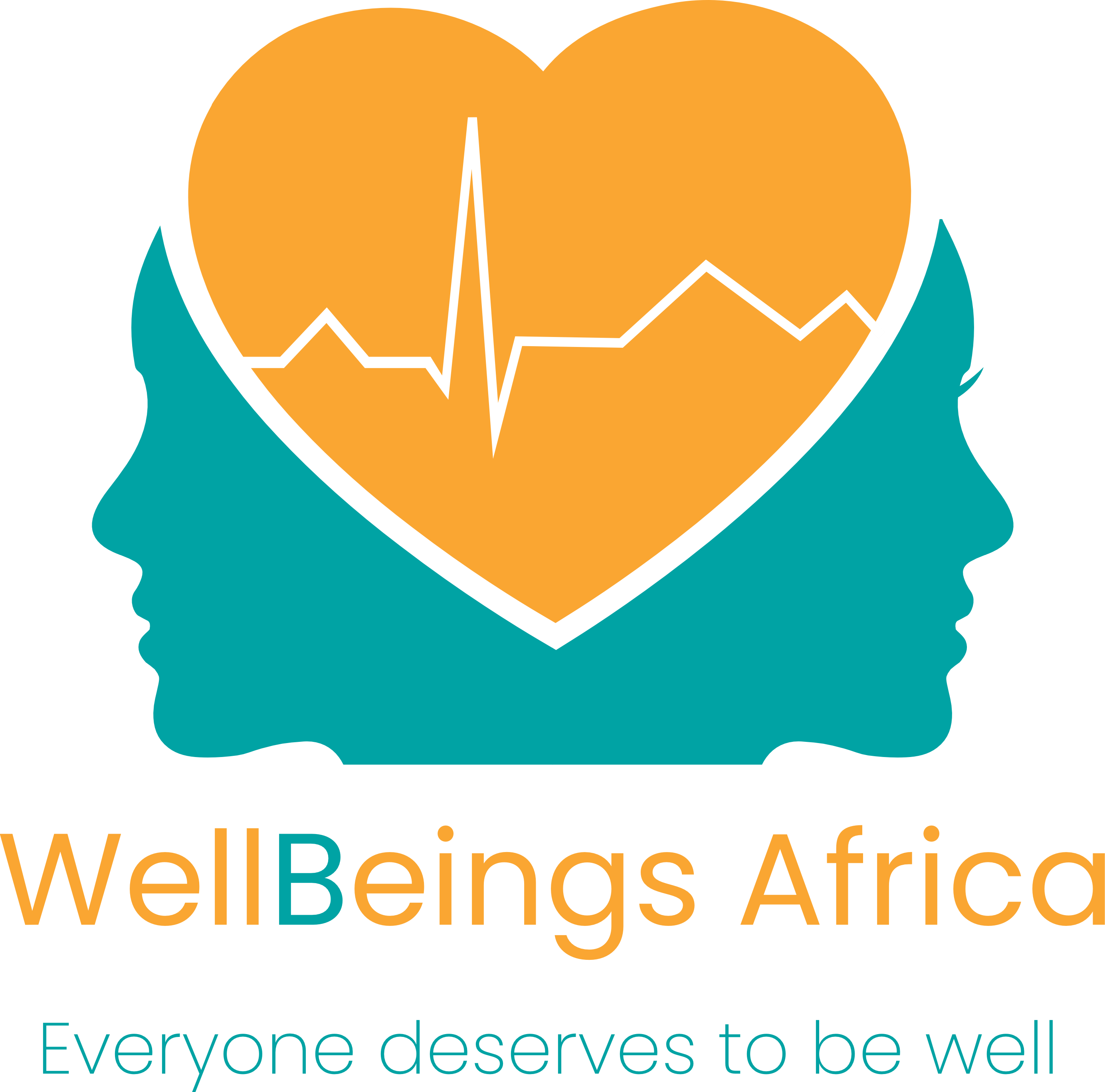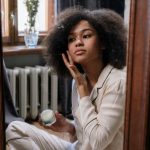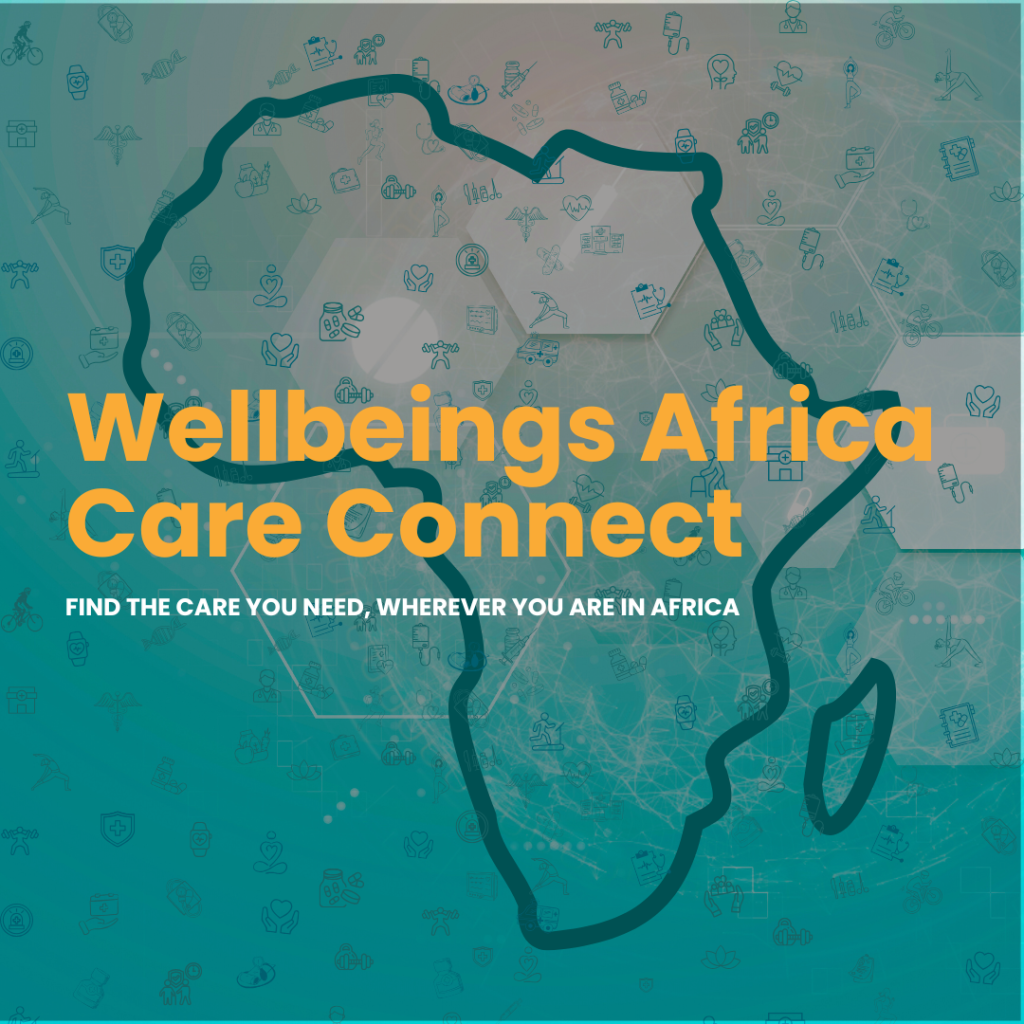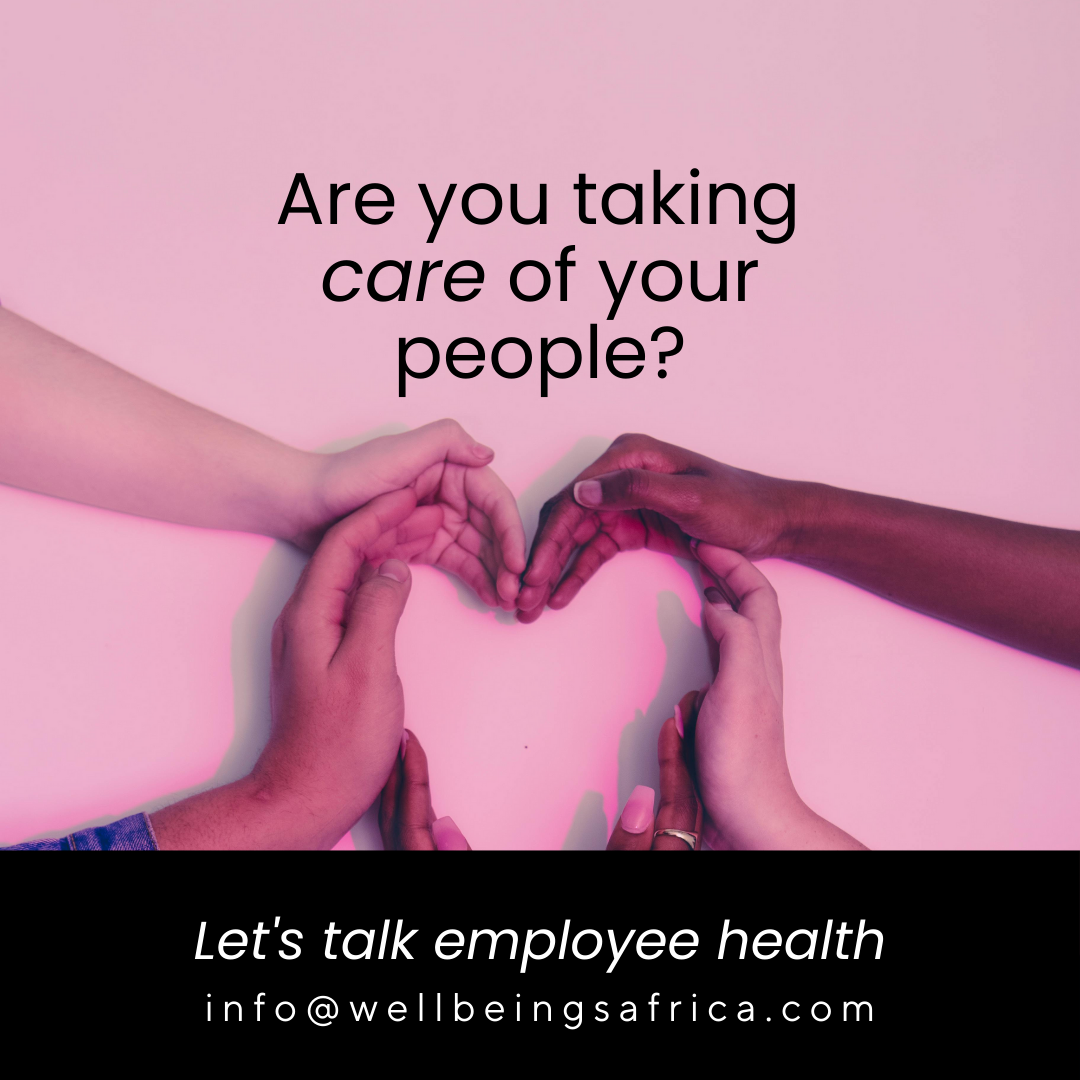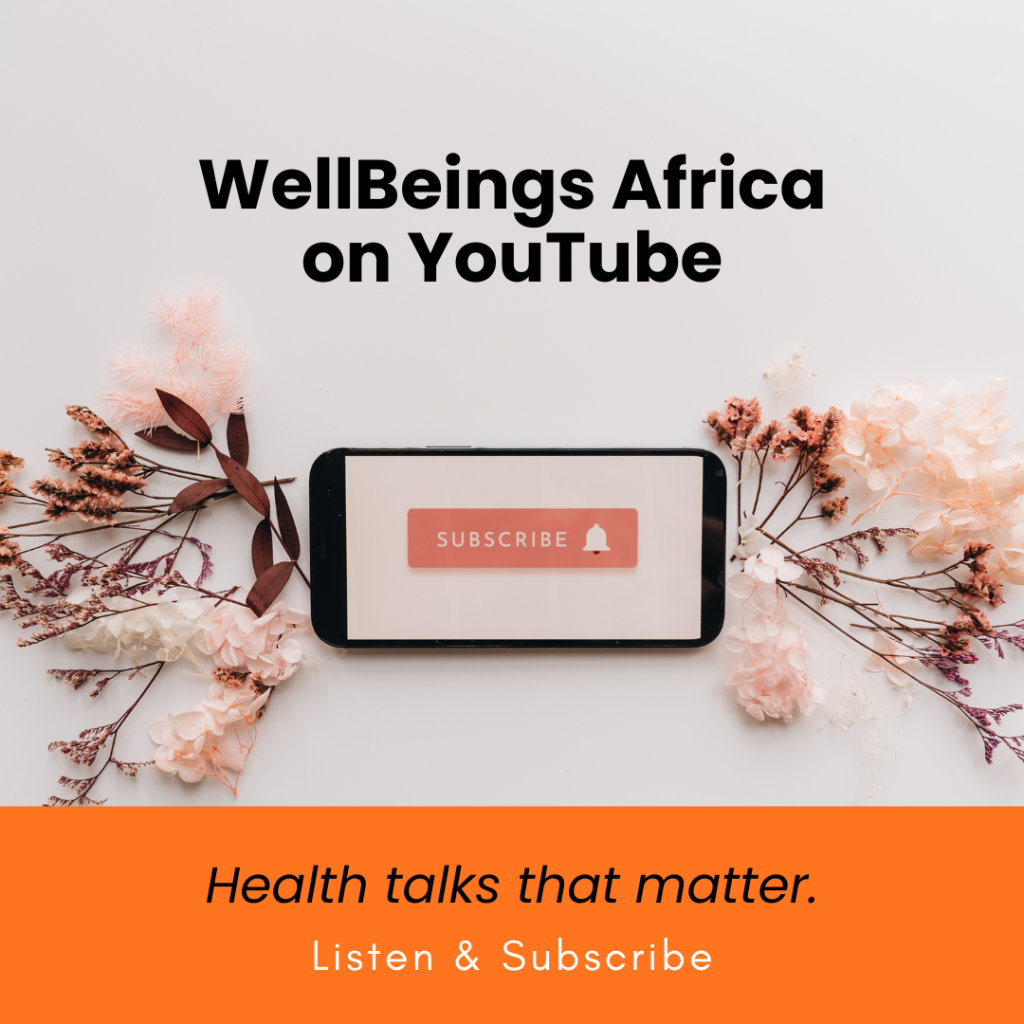Let’s learn more about the medications for allergies
Antihistamines get their name quite literally – they stop histamines in their tracks. These handy helpers physically block H1 receptors (these substances trigger the allergic reactions).
Here are 10 things to know about allergies and antihistamines
- An allergy is when your immune system reacts to environmental substances (allergens). These allergens are typically harmless to most people, but some are at higher risk. These allergens are commonly found in dust mites, pets, pollen, insects, ticks, mold and sometimes, medication.
- The risk of developing allergies is higher if other family members suffer from allergies or asthma.
- An allergic reaction happens due to the release of a certain substance (e.g., histamine). This can lead to symptoms such as swelling, inflammation, sneezing, watery eyes, itching and/or a runny nose.
- You can usually receive antihistamines over the counter, but your doctor could also prescribe a certain antihistamine, if necessary.
- There are two main types of antihistamines – first-generation (can make you sleepy) and second-generation (non-drowsy).
- Not all antihistamines are safe for everyone. Always check with a doctor, especially if you are pregnant or have other chronic health conditions.
- If your symptoms are all year round, it’s advisable to take a non-sedating long-acting antihistamine. These long-acting non-sedating antihistamines are often used with a cortisone nasal spray.
- If your symptoms only come up seasonally, it’s a good idea to start preventative measures at least two weeks before the onset of the allergens (e.g., Spring, and high pollen count).
- What’s the difference between a cold and allergies? A cold is an infection caused by a virus. Allergies are your immune system’s reaction to a substance.
- Worried about wheezing? Get immediate emergency care if the wheezing makes it difficult to breathe, causes rapid breathing, or a bluish skin colour. Also, if it starts suddenly after a bee sting, taking a specific medication, or eating an allergy-causing food (serious food allergies are often related to shrimp, shellfish, nuts, milk, egg, soy, and wheat).
Side-effects of antihistamines
Suffering from a chronic allergy can take its toll on you mentally, so it’s important to speak to a doctor about long-term treatment. Just like other medications, antihistamines could cause side-effects. These include dizziness, dry mouth, or drowsiness. On the other hand, certain antihistamines can help prevent motion sickness and reduce nausea. These work by blocking histamine and also calming signals in the brain that cause vomiting and dizziness.

A word on mold
Mold can become an uninvited guest in your home. These sneaky spores thrive in warm, damp environments, and when left unchecked, they can aggravate allergies and affect indoor air quality.
Keep an eye on high-risk spots like the bathroom, kitchen, and anywhere condensation tends to build up. A musty smell or dark spots on walls and ceilings could be early signs of mold growth.
- Use a dehumidifier in areas that tend to stay damp.
- Open windows when the weather allows to improve airflow and reduce moisture build-up.
- Regularly clean those areas that are prone to mold with quality mold-fighting products.
- Make sure the extractor fans in the bathroom and kitchen are working properly.
Taking small steps now can help you breathe easier, especially if you’re prone to allergies. A little prevention goes a long way in keeping your living space fresh and healthy.
Images: Freepik
